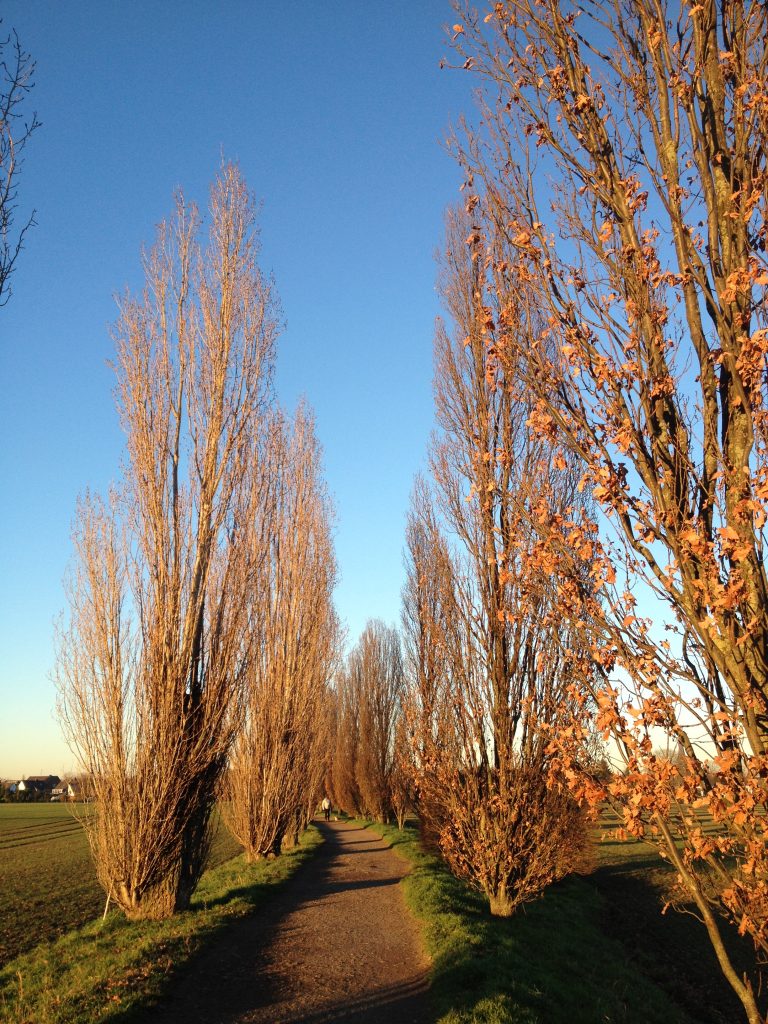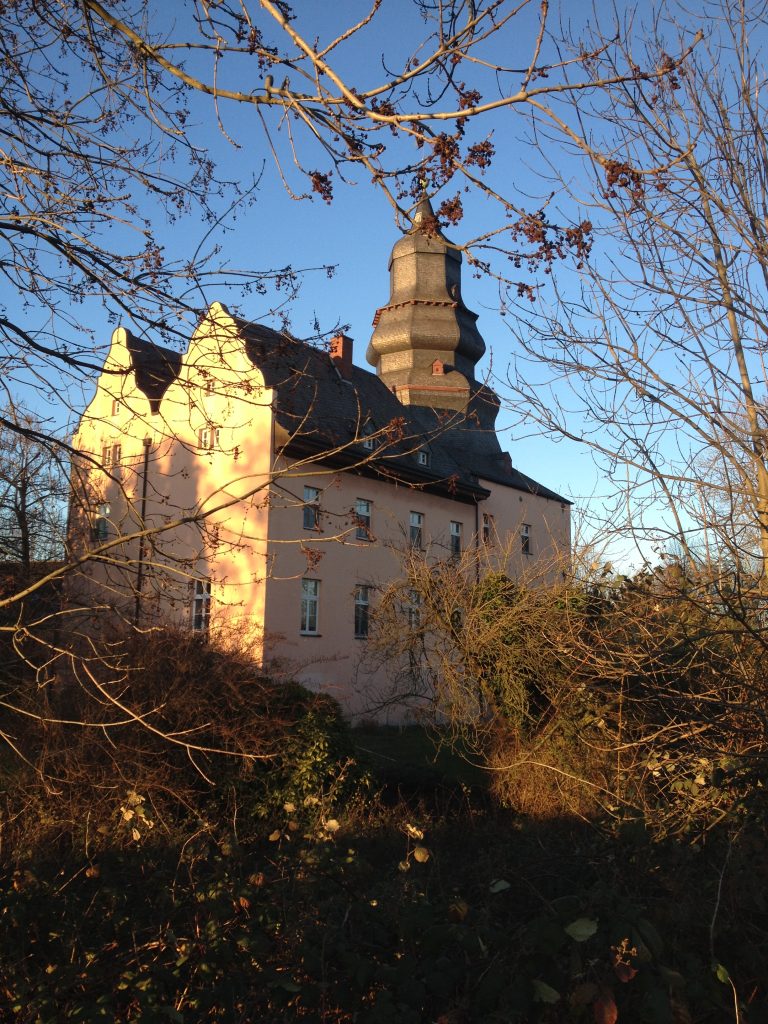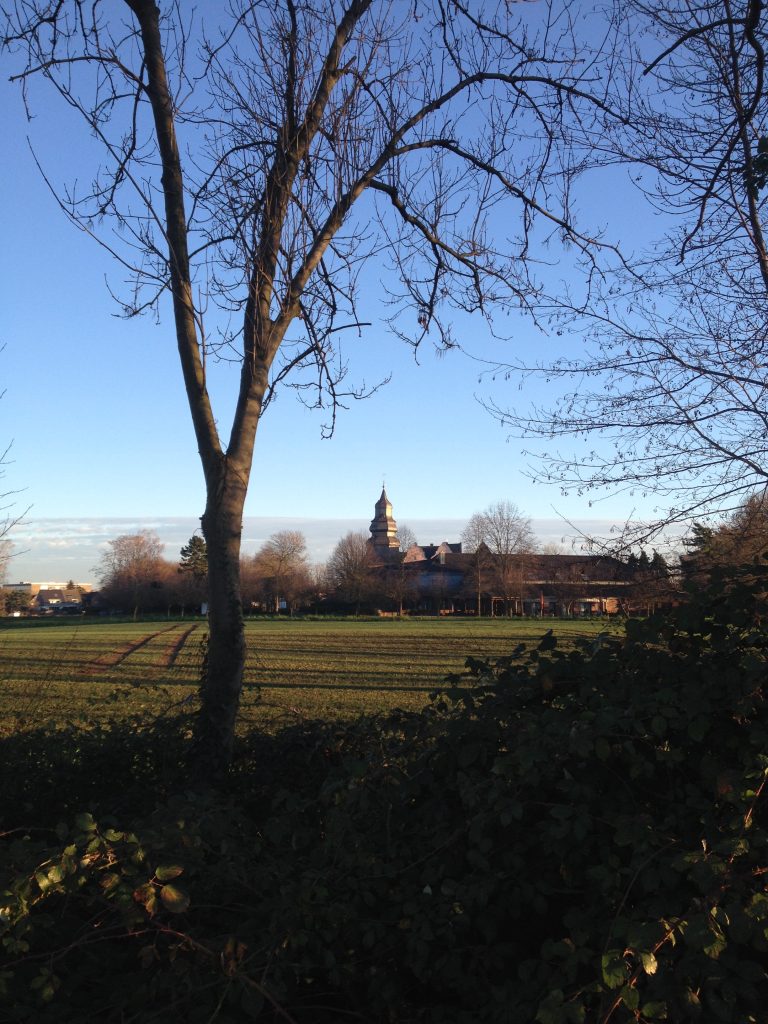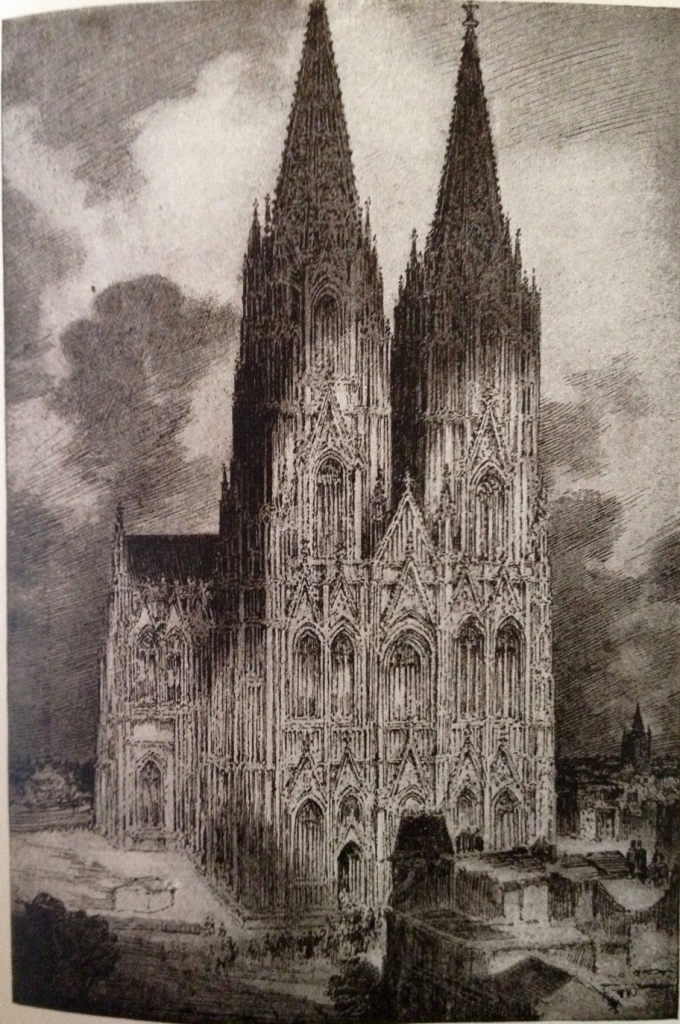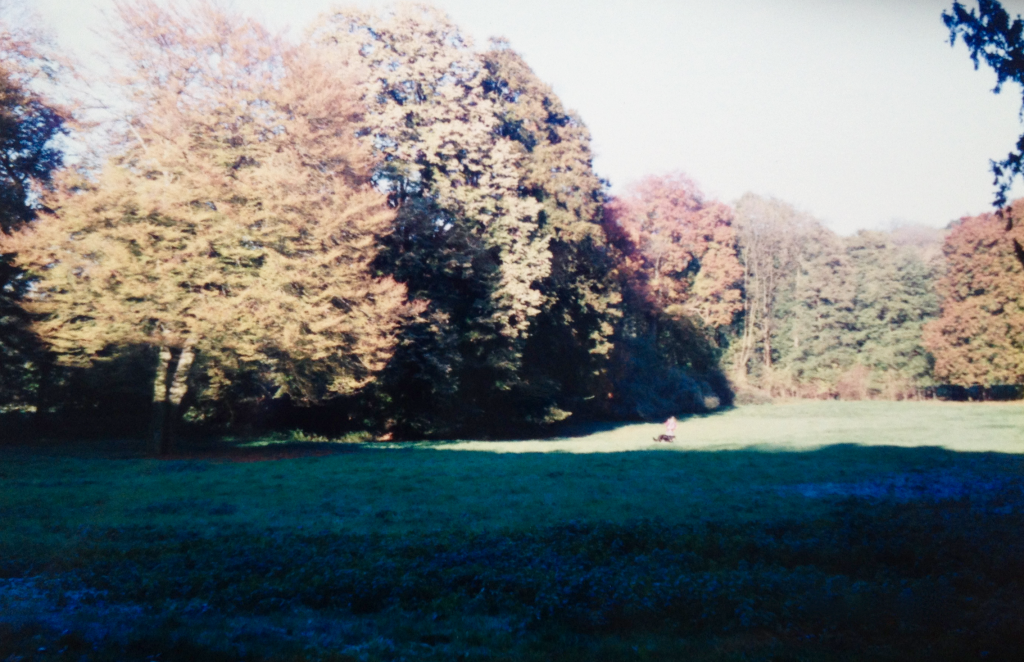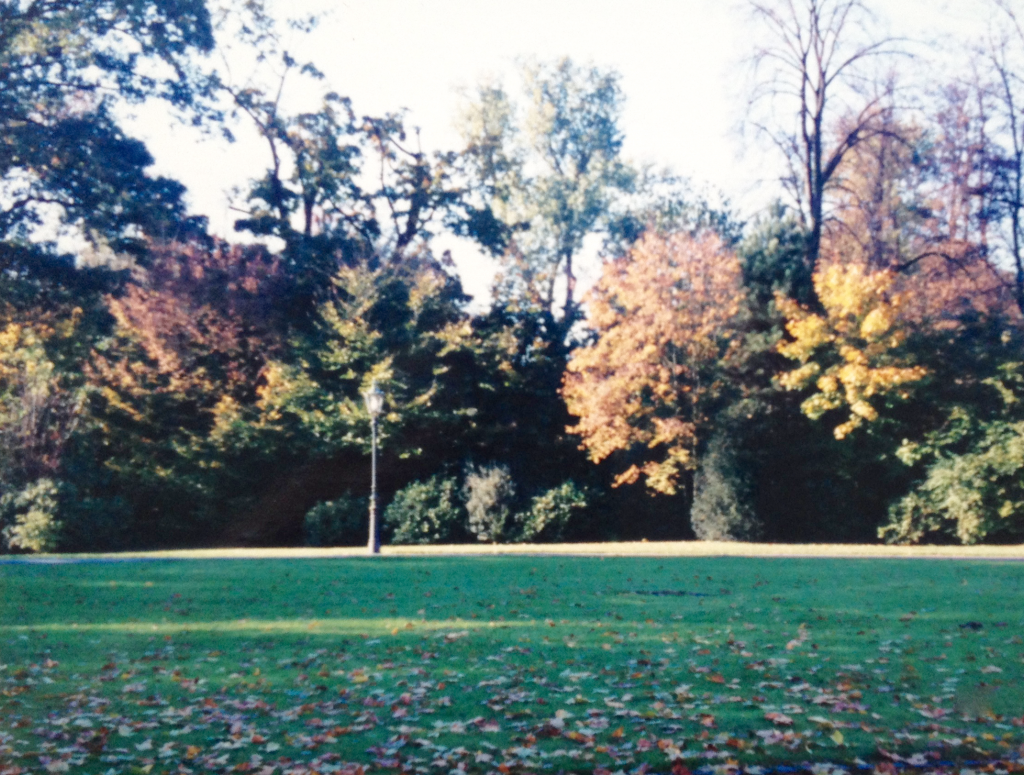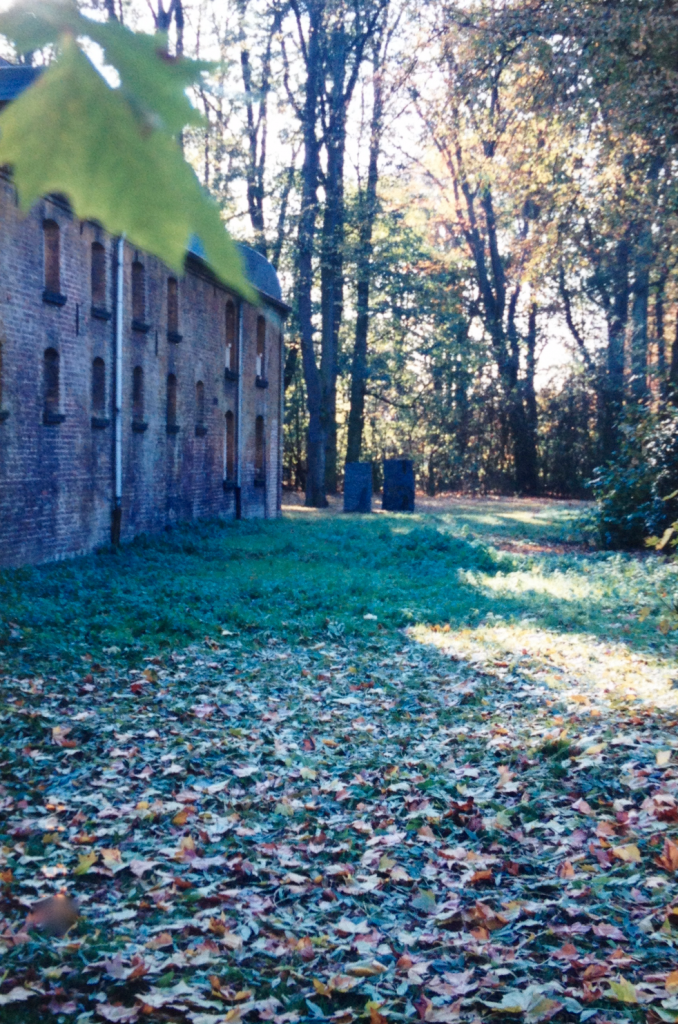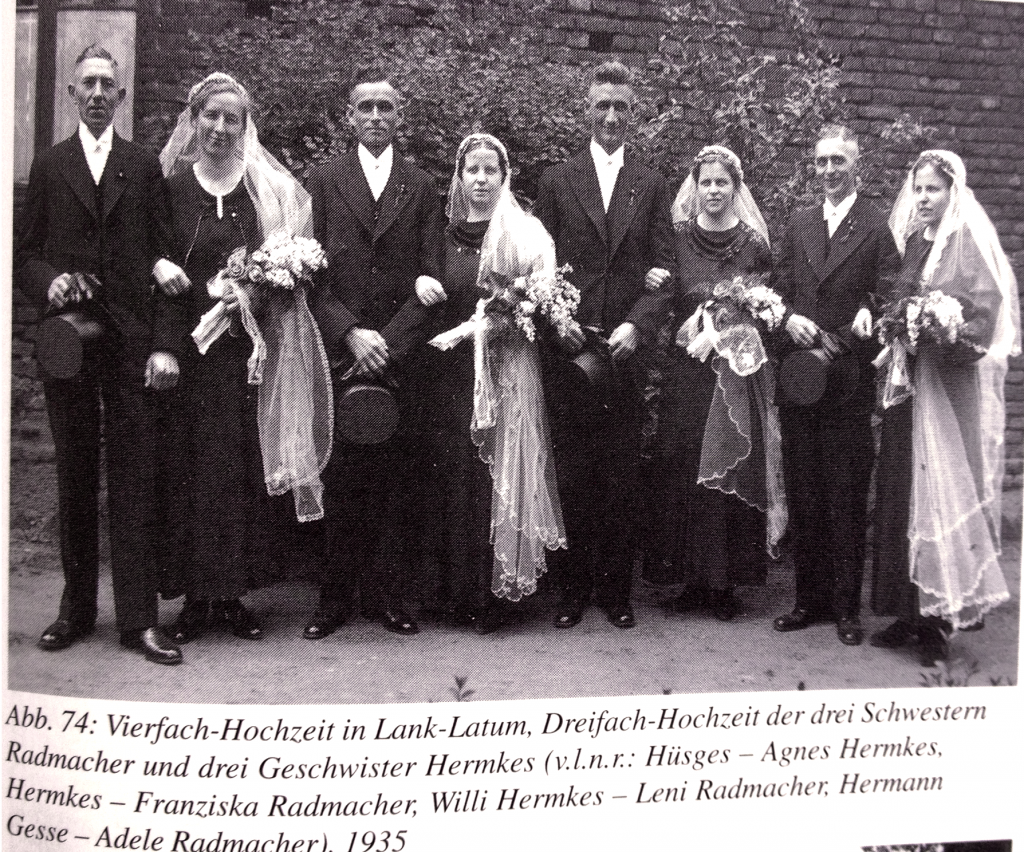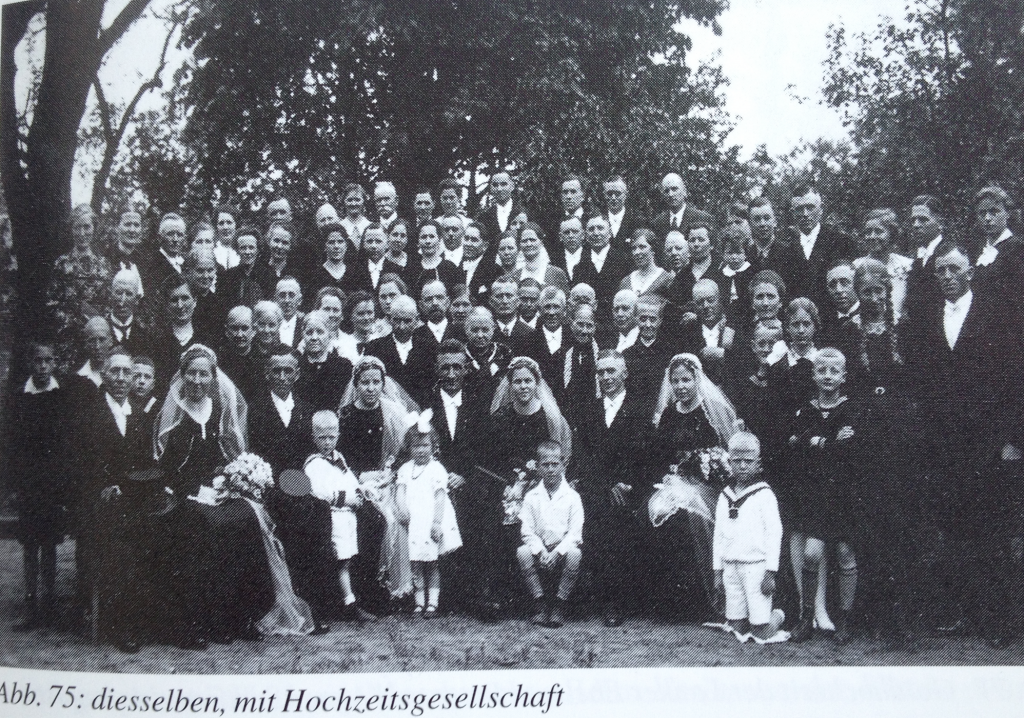Including so many of the locations from The Devil’s Missal and The Devil’s Progeny.
Rhineland
Rhineland chicken film-star assassinated by local hound
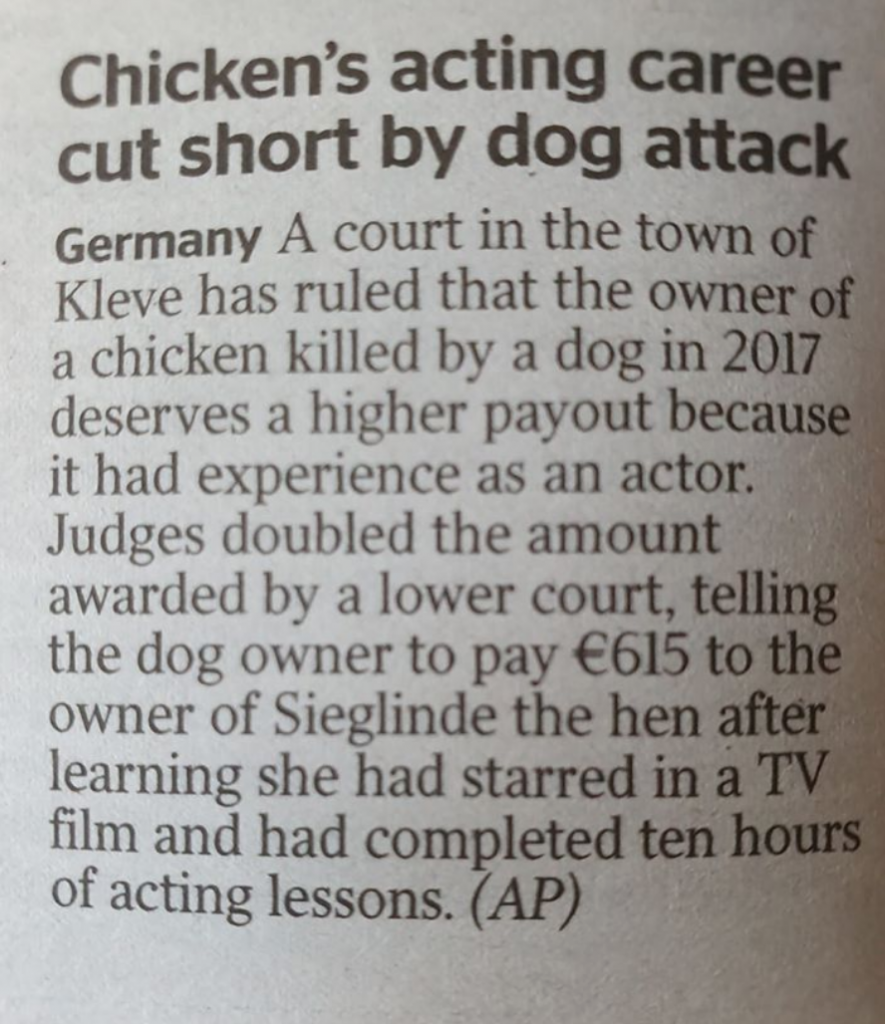
Winter days in the Rhineland
Meerbusch Büderich
Laterne… laterne
It’s that time of the year when strange items start appearing in the German shops. Not the Lebkuchen and Stollen … they’ve been on the supermarket shelves since August, thank you very much. No, I mean these things….
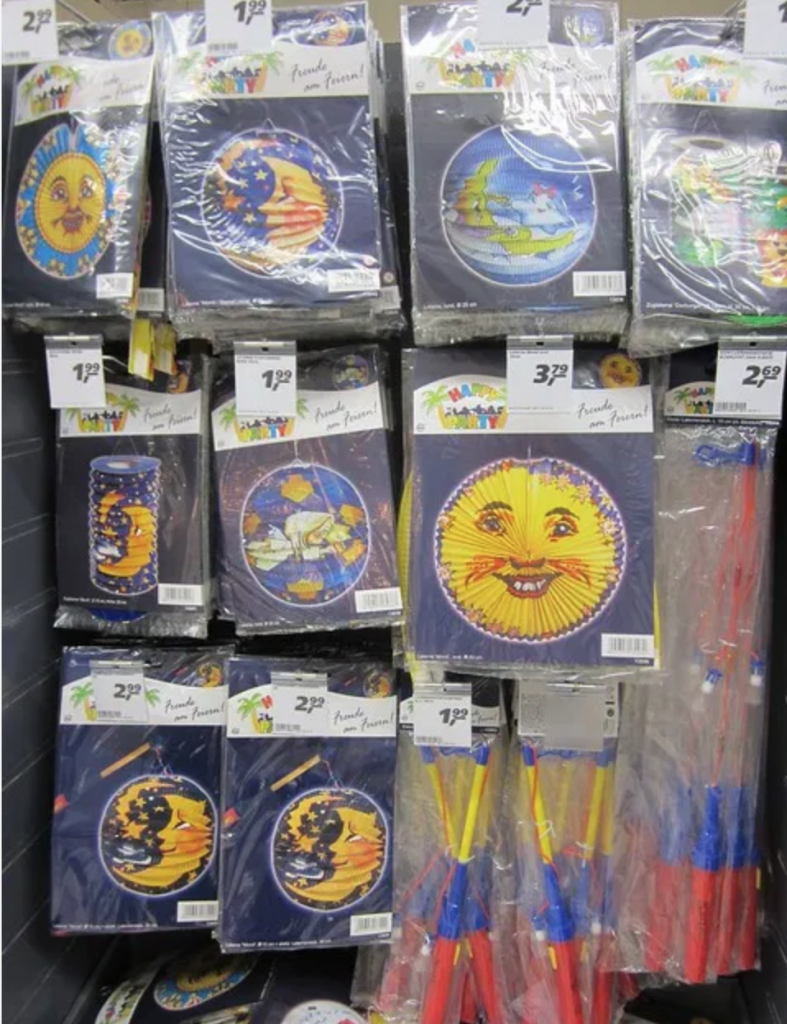
We are into the period where children parade through the streets of every town and village singing songs about St. Martin and carrying (mostly home-made) paper lanterns. It’s not as exciting as in the old days, when the paper lanterns had candles inside (what could possibly go wrong?). In my experience wind and rain were always the biggest menace. For the record, a paper lantern lasts about seven-and-a-half minutes in steady drizzle.
A lovely drawing of Cologne Cathedral
I wanted to share this beautiful drawing of Cologne Cathedral by Scottish artist Louis Weirter (1873-1932). Weirter was born at Edinburgh and studied art there and at the Royal Academy Schools, London. He exhibited at the RA and with other societies and galleries.
A four hour journey from Pempelfort to Krefeld
One of the sources I used while writing The Devil’s Missal was the journal of Steven Jan de Geuns, a Dutch academic who travelled extensively through Germany in the company of Alexander von Humboldt, passing through Meerbusch on 26th October 1789.
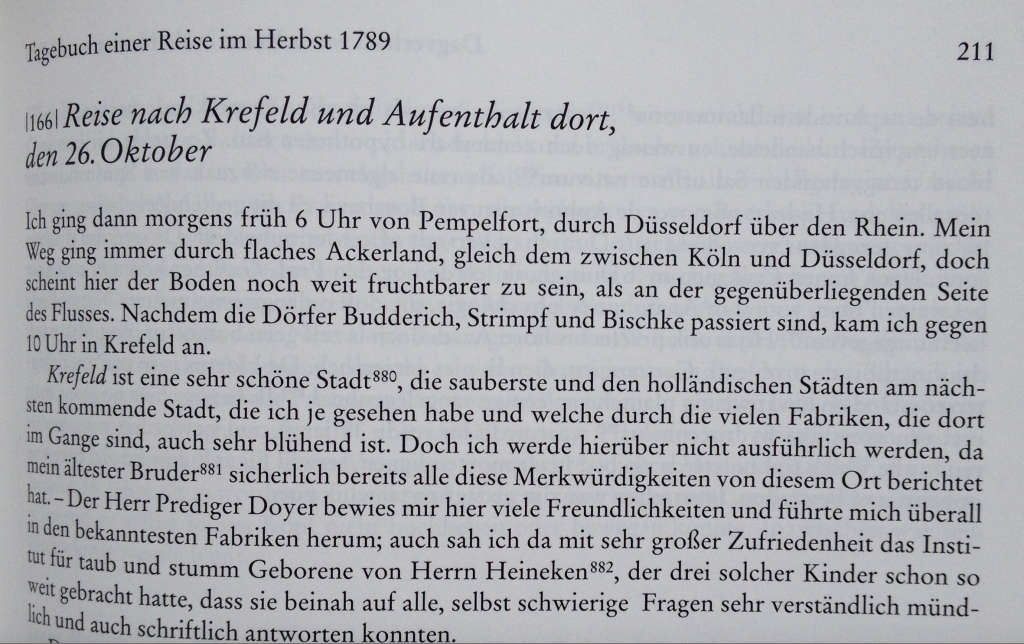
De Geuns waxed lyrical about Krefeld, calling it a beautiful city, clean and the closest to a Dutch city that he had seen (being a Dutchman himself, presumably this was high praise). His sightseeing tour of the city appears to have consisted of a tour of several factories. Meerbusch is mentioned only as consisting of fertile agricultural land. Which sounds about right for the period.
Ewald Mataré – one of Meerbusch’s finest artists
One of the most famous sons of Meerbusch was Ewald Mataré (1887 – 1965) – a renowned sculptor and artist. Alongside his famous fountain which sits next to the station at Landsknecht, he is also honoured as the namesake of the Mataré Gymnasium, the grammar school in Meerbusch.
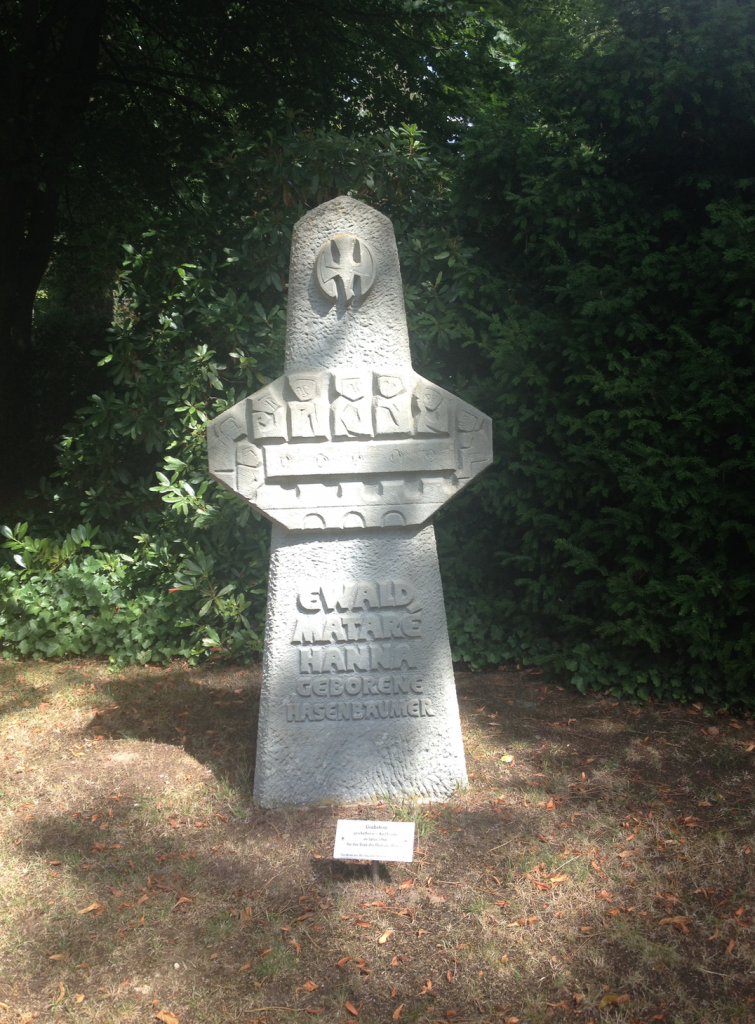
Autumn at Schloss Pesch
Autumn is the most beautiful season around Schloß Pesch as the woods which surround it turn golden and russet. If you haven’t taken yourself on a tour of all the breathtaking Meerbusch locations from The Devil’s Missal yet, the next few weeks would be the perfect time. These are older photos… the leaves have not turned yet.
Another Rhine landscape
Just look at this lovely Rhine landscape painting by Dr. Charlotte Boller-Dörper showing the scenery around Meerbusch-Büderich. Some parts of the flood plain are still common land and shepherd are permitted to graze their flocks there. You sometimes even see them in Düsseldorf near the Oberkassel bridge.
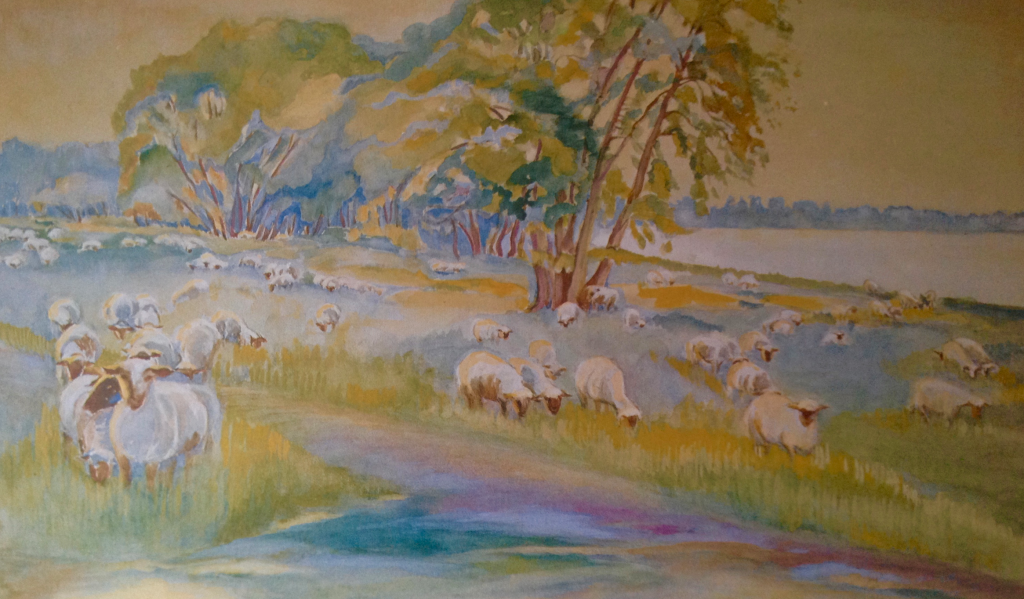
A quadrupal wedding in Lank-Latum 1935
Close family ties took on another meaning back in 1935 when the three Radmacher sisters, Franziska, Leni and Adele and the three Hermkes siblings all married at the same time. For both families it must have been a highly memorable occasion. Nowadays it seems odd that the brides are all wearing black, but white wedding gowns were not well established in the Rhineland until the 1940s. Before that a formal black Sunday dress would typically be teamed with a wedding veil and flowers as we see here.

L-R: Hüsges – Agnes Hermkes, Hermkes – Franziska Radmacher, Willi Hermkes – Leni Radmacher, Herman Gesse – Adele Radmacher 
The wedding party
Images from Landleben und Brauch – Heimatkreis Lank e. V. 1998
